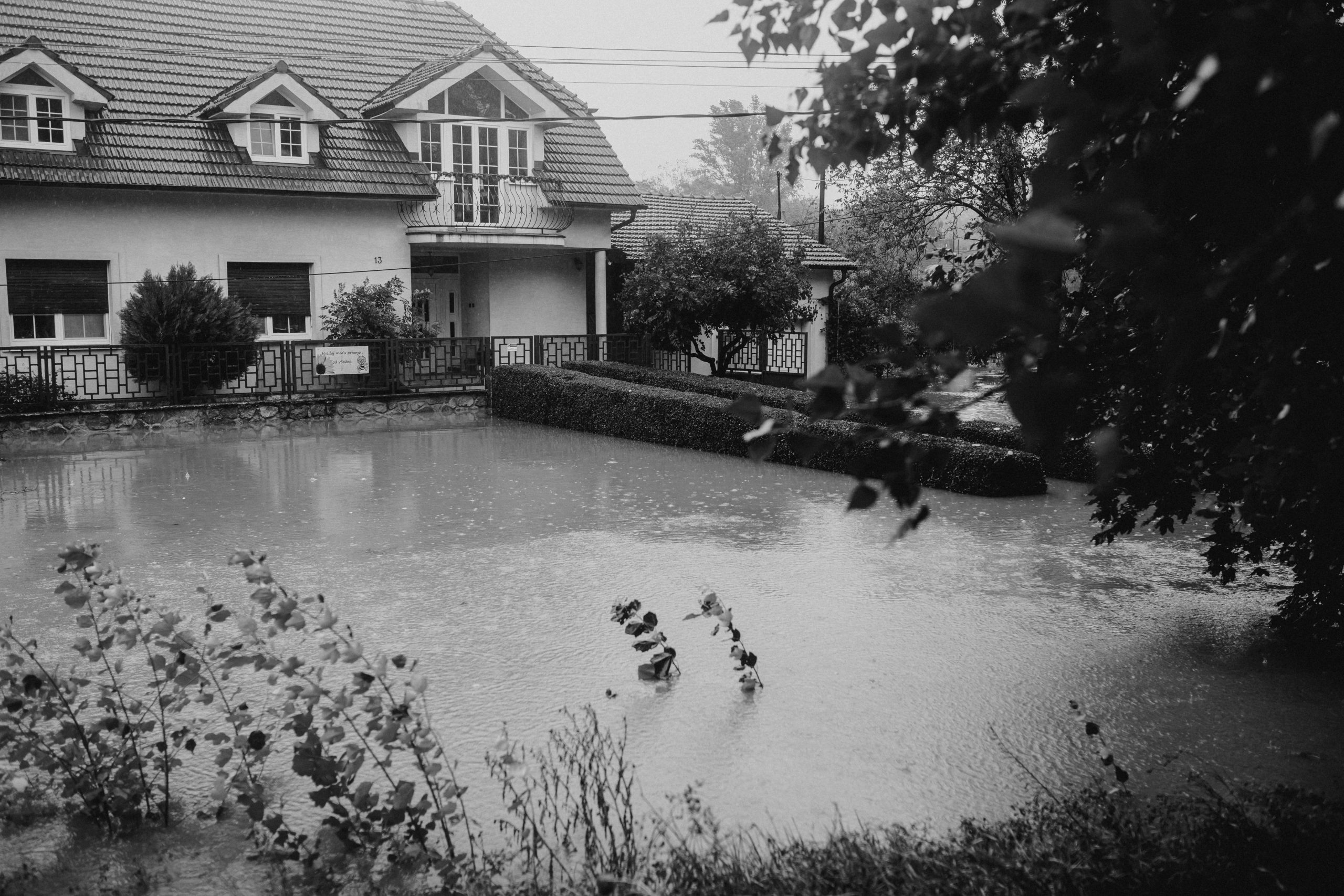Subject: Help Needed: Mortgage Company Charged Me a Ridiculous Amount for Lapsed Homeowners Insurance
My homeowners insurance policy expired last year, and I recently learned that my mortgage company placed me on a costly forced policy. I only receive eStatements, and I failed to notice that my coverage had lapsed, leading to the cancellation of my policy. When my policy was supposed to renew, my mortgage company found that I had been uninsured for the entire year. They then retroactively charged me for a full year of coverage—nearly $20,000! (My usual premiums are around $6,000). I had forgotten to set up autopay after switching to a new bank.
My question is: While I acknowledge that I didn’t have homeowners insurance during that period, can they legally charge me a full year of such exorbitant premiums retroactively?
Upon discovering the situation, I quickly reactivated my policy and paid the 90 days of missed premiums prior to the official cancellation, meaning I was actually uninsured for only 9 months.
Could anyone advise me on how to approach this issue and potentially recover the $20,000? The mortgage company is refusing to issue a refund. Thank you!




I’m sorry to hear about your situation; that sounds incredibly frustrating. It’s important to address this matter systematically to potentially resolve the issue and get a refund. Here are some steps you can take:
Review Your Mortgage Agreement: Check the terms of your mortgage contract regarding insurance requirements. This can help you understand what your mortgage company is obligated to do in the event of a lapse in coverage.
Contact Your Mortgage Company: Reach out to your mortgage company to request a detailed explanation of how they calculated the retroactive premium. Ask for any documentation that supports their decision and amount charged.
Request a Breakdown of Charges: Insist on receiving a detailed breakdown of the $20,000 charge. They should provide clarity on how they arrived at that figure and the basis for applying a retroactive policy.
Seek Clarification on Their Policies: Many mortgage companies have specific protocols for lapsed insurance. Ask if they can provide a copy of their force-placed insurance policy (the policy they took out on your behalf) and compare it with your regular home insurance rates.
Negotiate or Appeal the Charges: Given that your premiums are typically much lower, try to negotiate with your mortgage company to reduce the charge. Emphasize the inflated nature of the premiums.
File a Complaint: If the issue persists, consider filing a complaint with your state’s insurance regulator or the Consumer Financial Protection Bureau. They may be able to investigate your claim and provide guidance.
Consider Legal Action: If you believe the charges are unjust and your mortgage company continues to refuse a refund, consulting with a lawyer specializing in real estate or insurance law may be beneficial. They can help you understand your rights and may assist you in taking further action.
Documentation: Keep thorough records of all communications, including emails and notes from phone calls with your mortgage company or any relevant parties. This documentation may be valuable if you pursue further action.
Review Your Insurance Policy: When you set up your new homeowners insurance, make sure to verify all details and how payments are handled to prevent this from happening in the future.
By following these steps, you can better understand your position and take action to resolve the issue. Good luck!